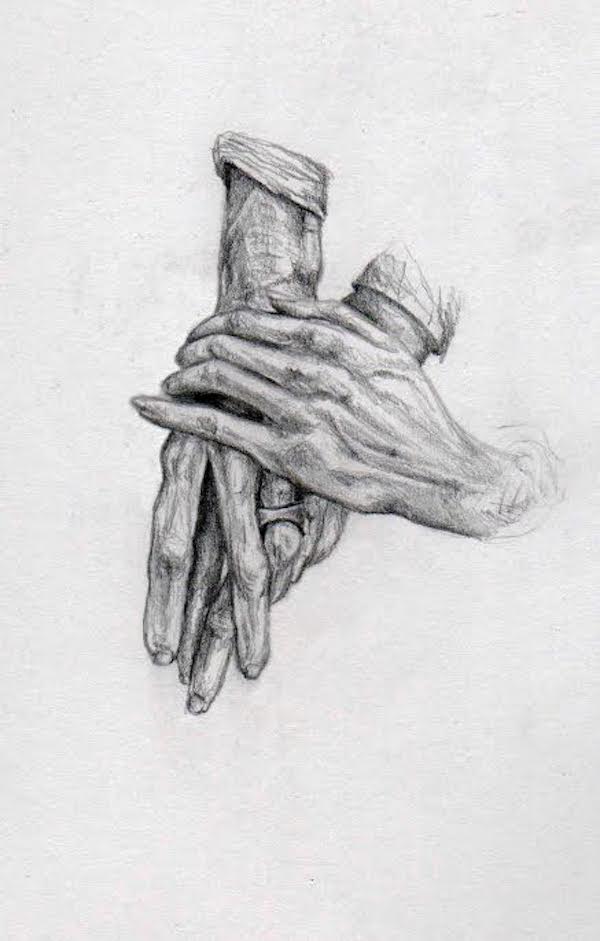There were many things I did not expect from my college experience. Among them, living in Glasgow for a semester, Spokane for a summer, and finding three other housemates that all love yams as much as I do (hence our WiFi name, YamHouse). Probably the most unexpected of these college experiences, however, has been volunteering with a local hospice organization. I began as a freshman with a friend from a “service-learning” class, which required us to engage in some capacity with the community issues we discussed in-class.

From the long list of service options, a few of us selected hospice. A week later, I began carpooling with another student to visit our assigned patient for the first time. Bette, a 96-year-old woman who had moved to a nursing home after experiencing two strokes, was our first patient. I recall not quite knowing to do with myself during our first few visits. Other than my grandpa passing in 2011, I had not thoroughly experienced or discussed death — nor had I experienced much life — as an 18 year-old. Gradually, however, the nature of the visits evolved as we simply became friends with Bette, whose oil landscape paintings covered the walls on all sides of her apartment room. The tendency for patients to become your friends makes hospice visits both easier and more difficult: easy in the sense of occupying space and engaging in meaningful conversation with people you love, and more difficult when you lose them.
In March of 2018, I had just returned from spring break when I received notification that Bette was declining. She was sleeping when I arrived at her apartment. But, I sat with her and talked about the painting we were working on together and the time that I smuggled her waffles from our cafeteria.
Technically, all relationships are time-sensitive, but those formed with hospice patients are especially so. Although working with hospice has not necessarily steered me toward a clearer understanding of my faith identity, it has certainly made me more conscious of – and grateful for – time: time spent with patients, with my family members, with my friends, in the places I love. If anything, I believe in the relational value of slowing down and even disregarding time to share space and experiences with others.
Currently, I visit two patients with one of my closest friends, a pre-medical student (and also an English major) interested in the intersection of the humanities and healthcare. We see this intersection on a weekly basis, lived out by the charge nurses, cooks, servers, and other volunteers. I find that it is difficult to meet a patient at their “level” – emotionally, physically, spiritually – without knowing their story, their quirks, their losses and their goals. One of our patients, Don, is especially fond of sharing stories about his time in the military and upbringing in Spokane. He loves Coca-Cola and watching NOVA TV specials, and consistently asks us if we’ve seen various obscure black-and-white movies from the 1940s, unfortunately to no avail. Last week, we finally discovered that Velda, our other patient who is usually quite silent, loves baking: a discovery that felt like a small victory.
These visits often feel like a series of small discoveries and recoveries. As I discover the stories held in others, I find myself recovering the simplicity of merely being with people. It evokes a sense of ease that I felt earlier in life, but sometimes struggle to find as a young adult in the fast-moving bubble of college, career, and vocational discernment. The fundamental goal of hospice care and volunteering is to create an atmosphere of ease and comfort: an aim that is readily translatable to our everyday relationships. While I have yet to clarify my spiritual understanding of the world, my actions are guided by a desire to bring warmth and understanding to the places I occupy, and to listen – not just hear – the words of other people.
Your financial support allows FāVS to continue to publish columns like this. Please consider making a donation today.
[give_form id=”53376″ show_title=”true” display_style=”button”]






